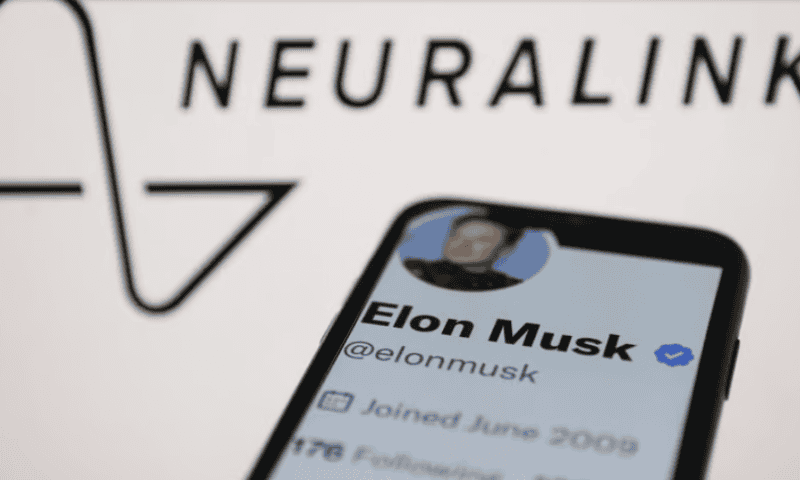Neuralink has implanted its device in a second patient, according to the startup’s owner Elon Musk.
The company’s brain-computer interface technology is designed to give paralyzed patients the ability to control digital devices using only their minds.
Friday, Musk told podcaster Lex Fridman the second participant also had a spinal cord injury similar to the first patient, Reuters reported. Musk said 400 of the implant’s electrodes on the second patient’s brain are showing signals.
The N1 implant includes 1,024 electrodes distributed among 64 threads, according to the company’s website.
“I don’t want to jinx it, but it seems to have gone extremely well with the second implant,” Musk told Fridman on the podcast interview. “There’s a lot of signal, a lot of electrodes. It’s working very well.”
Musk did not specify when the company performed the second patient’s surgery. The second implant surgery had to be postponed in June due to the patient’s medical condition, Bloomberg reported.
The company plans to operate on a total of 10 patients this year, Musk said.
The first patient, 29-year-old quadriplegic patient Noland Arbaugh, had Neuralink’s device implanted earlier this year. A diving accident had dislocated the vertebrae in his neck, leaving him paralyzed from the shoulders down for years. After receiving the Neuralink implant in January, he has since used the device to play video games, online chess and other activities.
In a nine-minute livestream on X, formerly Twitter, Arbaugh said he could now easily move the chess pieces around his laptop screen while also using the digital connection to control its music player.
Arbaugh initially faced issues after his surgery when some of the hair-thin connecting wires laced into the tissue stopped reporting back data. In the weeks following the surgery, a number of threads retracted from the brain, resulting in a net decrease in the number of effective electrodes, the company reported.
The clinical trial began recruiting last fall, when the company published a blog post looking for adult volunteers with paralysis of the arms and legs caused by a cervical spinal cord injury or amyotrophic lateral sclerosis, also known as ALS.
The PRIME study—named for Neuralink’s precise robotically implanted brain-computer interface—will see the company’s specially designed R1 robot implant the N1 devices onto the brains of a handful of participants. The device contains several dozen threads that hold more than 1,000 electrodes; it is placed on a specific region of the brain to record neurological activity, which is then transferred to a connected app.
After rejecting a previous request, the FDA gave Neuralink the green light to begin human clinical trials last year, in the midst of a federal probe into animal testing issues, and reports that about 1,500 animals had died in Neuralink’s care during the early stages of the implant’s development. Previously described by Musk as a potential “Fitbit in your skull,” the device includes a chip that replaces a small piece of bone and is connected to the brain via a series of thin, threaded electrodes.
In the months following the regulatory go-ahead to begin recruiting human study participants, Neuralink announced it raised $280 million in venture capital funding. That series D round was led by Founders Fund, the firm co-founded by Peter Thiel, who worked alongside Musk at PayPal. Founders Fund previously joined Neuralink’s $205 million series C in 2021 and has also backed Musk’s rocket-building company SpaceX.

